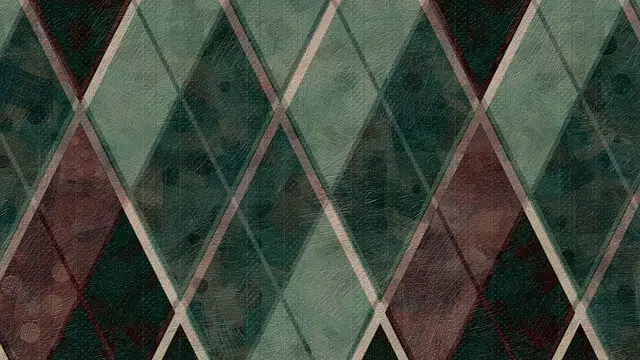
A parallelogram is a quadrilateral whose opposite sides are parallel to each other.
Originating from the Latin word parallelogrammus , the concept of parallelogram serves to identify a quadrilateral where the opposite sides are parallel to each other . This geometric figure constitutes, therefore, a polygon that is made up of 4 sides where there are two cases of parallel sides.
It is interesting to keep in mind that there are different types of parallelograms. The parallelograms of the group of rectangles , for example, are the figures where internal angles of 90º can be seen. Included within this set are the square (where all sides have the same length) and the rectangle (where the sides that oppose each other have identical lengths).
Parallelograms that are considered non-rectangles , on the other hand, are characterized by having 2 acute interior angles and the remaining obtuse ones. This classification includes the rhombus (whose sides share the same length and also has 2 pairs of identical angles) and the rhomboid (with opposing sides of identical length and 2 pairs of angles that are also equal to each other).
Perimeter of a parallelogram
To calculate the perimeter of parallelograms, you need to add the lengths of all its sides. This can be done through the following formula: Side A x 2 + Side B x 2 . For example: the perimeter of a right-angled parallelogram that has two opposite sides of 5 centimeters and two other opposite sides of 10 centimeters, will be obtained by placing these values in the equation stated above, which will give us 5 x 2 + 10 x 2 = 30 centimeters.
Another formula to establish the perimeter of a parallelogram is 2 x (Side A + Side B) . In our example: 2 x (5 + 10) = 30. All of these formulas ultimately simplify the process of adding the sides of each parallelogram. If we perform the operation Side A + Side A + Side B + Side B , the result would be the same (5 + 5 +10 + 10 = 30).
The so-called law of the parallelogram , on the other hand, defines that if we add the squared lengths of each of the four sides of any parallelogram, the result we will obtain will be equivalent to adding the squares of its two diagonals.

Rhombuses are parallelograms, not rectangles.
General properties
Regarding their properties , it is necessary to consider them in groups, since, as mentioned above, many shapes with different characteristics are considered parallelograms. Some of those common to all are:
* They all have four sides and four vertices, since they belong to the group of quadrilaterals;
* their opposite sides never intersect, since they are always parallel;
* the length of the opposite sides is always the same;
* their opposite angles measure the same;
* the sum of two of its vertices , as long as they are contiguous, gives 180°, that is, they are supplementary;
* the interior angles must add up to 360°;
* its area must always be twice that of a triangle constructed from its diagonals;
* every parallelogram is convex;
* their diagonals must bisect each other;
* the point at which its diagonals bisect is what is considered the center of the parallelogram;
* its center is at the same time its barycenter;
* If a line is drawn that crosses its center, the area of the parallelogram is divided into two identical parts.
Particular features of certain types of parallelograms
On the other hand, the different types of parallelograms may have particular properties that do not apply to the rest. For example:
* a square parallelogram can give an identical figure if it is rotated in 90° sections, which can also be expressed by saying that it has rotational symmetry of order 4;
* those of the rhomboid, rhombus and rectangle type, on the other hand, must be rotated by 180° to obtain the same result;
* a rhombus has 2 axes of symmetry , which cut it by joining its opposite vertices;
* a rectangle, on the other hand, has 2 axes of reflection symmetry that are perpendicular to its sides;
* The square, finally, has 4 axes of reflection symmetry, which join each pair of opposite vertices and cut it in the center vertically and horizontally.
